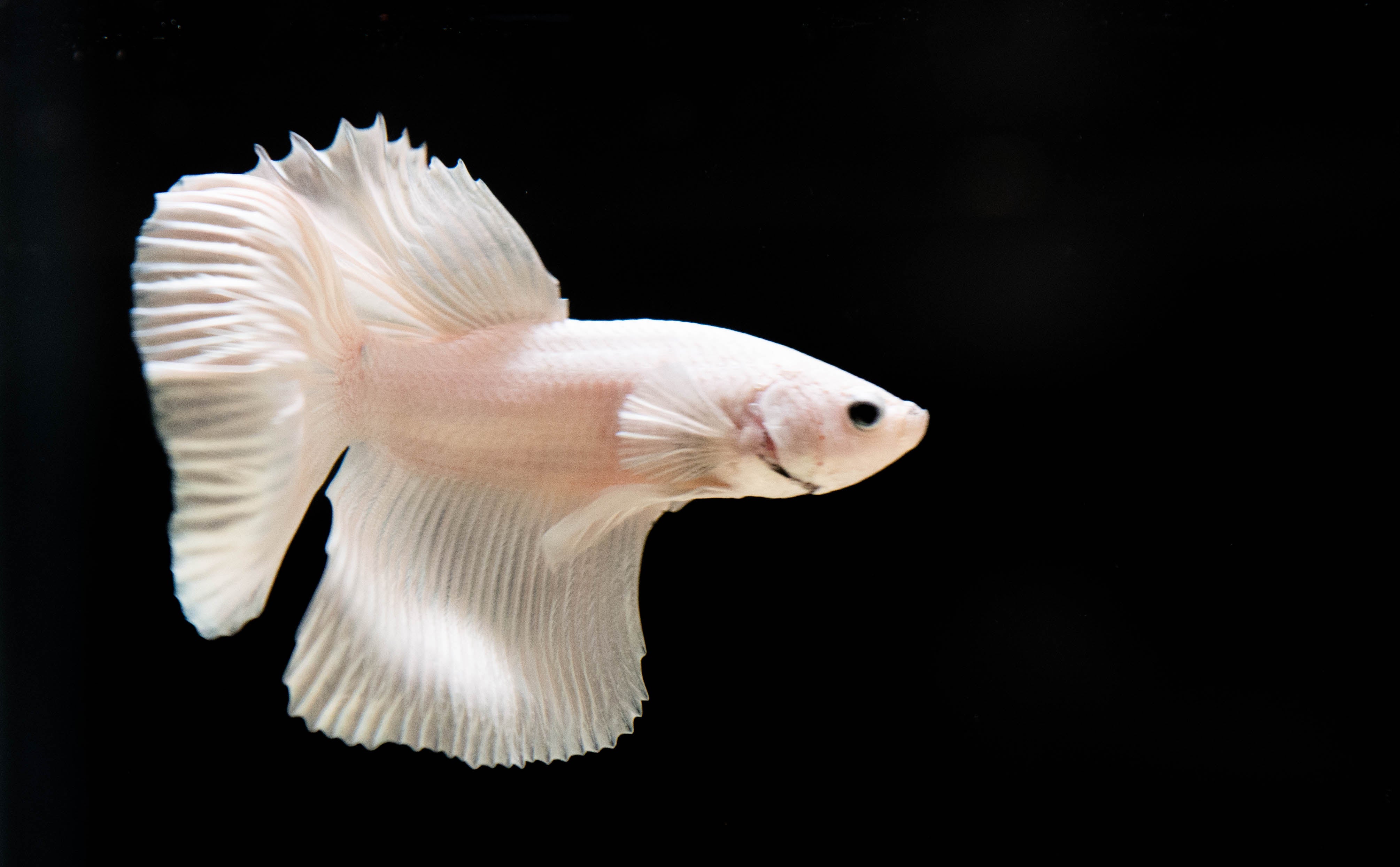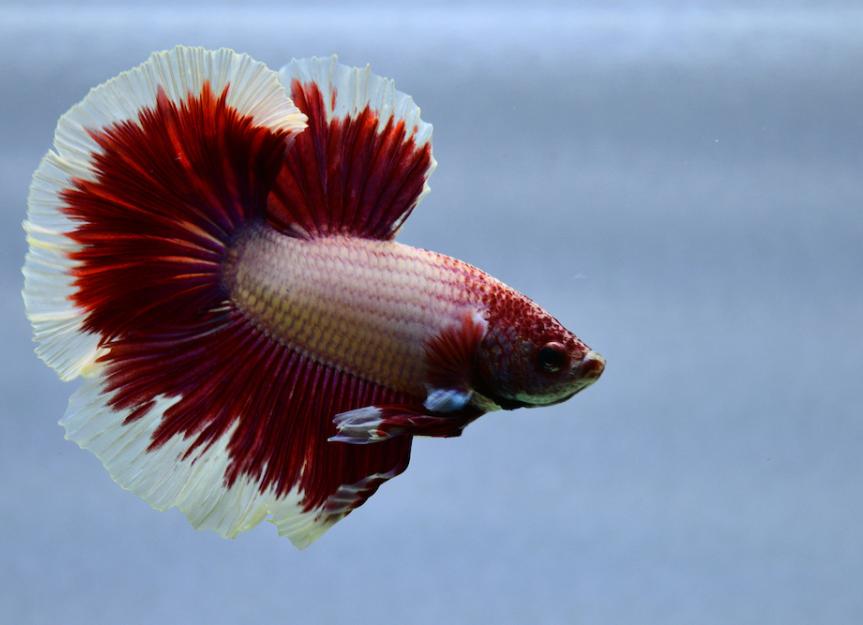Betta Fish Tank Setup: A Step-by-Step Guide for Beginners
Betta Fish Tank Setup: A Step-by-Step Guide for Beginners
Blog Article
How to Breed Betta Fish Efficiently: Specialist Methods and Insights for Hobbyists Wanting To Broaden Their Betta Collection
Breeding Betta fish calls for a nuanced understanding of genetics and ecological conditions, making it essential for enthusiasts to come close to the process with both persistance and treatment. Producing an optimum breeding setting, choosing the right sets, and observing the ins and outs of their courtship behaviors are fundamental steps that can considerably influence the result. Furthermore, the succeeding treatment of the fry is important for guaranteeing their healthy development. As we discover these essential parts, it becomes clear that effective reproduction is not practically the first pairing but includes a broader technique that merits cautious factor to consider.
Recognizing Betta Fish Genes
Understanding the genes of Betta fish is crucial for successful breeding, as it influences characteristics such as color, fin shape, and behavior. Betta fish display a diverse range of colors and patterns, mostly determined by their genetic makeup. The primary genes in charge of coloration consist of the "B" genetics for blue, "D" genetics for red, and the "C" genetics for shade intensity. Breeders can manipulate these characteristics by choosing particular parent fish that exhibit desired characteristics.
In enhancement to pigmentation, fin morphology is one more significant facet of Betta genes (betta fish). The form and size of fins are affected by different genes, including those that establish whether the fins are brief, long, or veil-shaped. Understanding these hereditary variants helps breeders predict the phenotypic results of their spawn
Moreover, behavior characteristics such as aggressiveness and territoriality can likewise be affected by genes. These habits play an important duty in the reproducing procedure, as they can affect spawning success and the overall personality of the resulting fry. By thoroughly understanding these hereditary principles, dog breeders can make informed choices, inevitably enhancing their breeding programs and attaining desirable outcomes.
Preparing the Breeding Setting
Creating an optimum breeding atmosphere is vital for the effective recreation of Betta fish. The primary step in preparing this environment is to choose an appropriate reproduction container, ideally varying from 5 to 10 gallons. This size enables enough swimming space and the facility of areas. The container ought to be outfitted with a heater to preserve a secure temperature between 78 ° F and 80 ° F, which is essential for urging spawning habits.
Next, think about the usage of a sponge filter or an air rock to give gentle water flow without producing solid currents that can emphasize the fish. It is vital to install plants or breeding cones to provide concealing places and advertise convenience for the lady throughout the spawning process. Floating plants, such as Java moss or water sprite, can also create a much more native environment while facilitating bubble nest building by the man.
Before introducing the breeding sets, ensure the water is conditioned and devoid of dangerous chemicals, such as chlorine or hefty steels. betta fish. Normal water adjustments should be conducted to maintain ideal water high quality, improving the possibilities of effective breeding. With these preparations in location, the breeding atmosphere will support the health and wellness of both Betta fish
Selecting Breeding Pairs
Selecting the right reproduction sets is vital for attaining successful Betta fish reproduction. When choosing your breeding sets, think about a number of essential factors consisting of wellness, personality, and genes. Healthy Betta fish exhibit vivid shades, clear eyes, and active behavior. Selecting fish that are cost-free from illness guarantees a better opportunity of generating sensible children.
Character is another important consideration, as Betta fish are recognized for their aggressive nature. It is suggested to choose a man and woman that show compatible personalities to reduce anxiety during the reproducing process. A calm man can encourage a smoother courtship, while a woman that is too aggressive might disrupt the procedure.
Hereditary background additionally plays a substantial role in the top quality of the offspring. Breeding fish that are genetically varied can reduce the danger of genetic health problems and boost the overall vigor of the fry. It is valuable to investigate the family tree of both the man and female, focusing on preferable traits such as fin type, shade patterns, and dimension.
The Breeding Process
The reproduction procedure of Betta fish requires mindful preparation and attention to detail to make certain a successful result. Originally, it is vital to prepare an appropriate reproduction tank, ideally a 5-10 gallon fish tank with a temperature level maintained at 78-80 ° F. The container should be geared up with a heating unit, filter (preferably sponge type to prevent strong currents), and plenty of water plants for the woman to conceal.
As soon as the setting is established, present the chosen reproducing pair to the storage tank, enabling them to accommodate. Observe their actions; the man will certainly show intricate courtship routines, consisting of flaring his fins and constructing a bubble nest. If the woman shows rate of interest, she will display upright red stripes suggesting readiness for spawning.
When the female is receptive, both will engage in a breeding welcome, throughout which the male feeds the eggs. It is vital to monitor their interactions closely, as the male might come to be aggressive. After spawning, get rid of the lady to avoid prospective damage. The male will certainly often tend to the eggs, which commonly hatch out within 24-36 hours. Preserving optimal water conditions throughout this period is important for the development of healthy and balanced Betta fry.
Taking Care Of Betta Fry

Feeding visit here Betta fry is critical, as they require a diet plan high in protein. Initially, they can be fed infusoria or fluid fry food, transitioning to carefully smashed top quality pellets as they expand. Feed small parts several times a day to urge healthy and balanced development without overloading the storage tank with leftover food.

As they grow, monitor their development carefully and divide any type of hostile individuals to prevent injury. By supplying a supporting atmosphere and correct nutrition, hobbyists can efficiently increase Betta fry right into lively, healthy and balanced fish, eventually boosting their breeding undertakings.
Conclusion
Effective Betta fish reproduction requires careful focus to genetic choice, ecological conditions, and care for the fry. By understanding the genetics of Betta fish and preparing an ideal breeding atmosphere, enthusiasts can boost the opportunities of producing lively, healthy and balanced offspring. Selecting compatible reproduction sets and closely monitoring the courtship and spawning processes are crucial. Providing optimal care for the Learn More Here fry ensures their healthy advancement, adding to a growing Betta collection.
Report this page